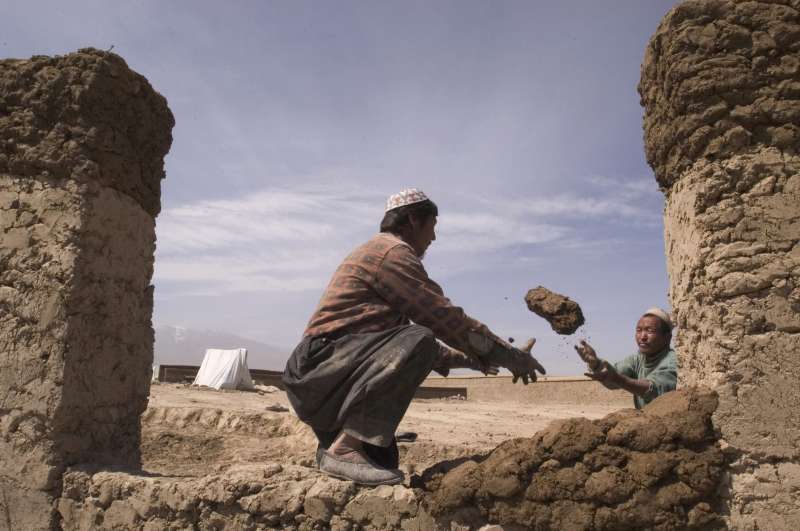|
Definition of a refugee: Refugees are people who flee their country because of a well-founded fear of persecution for reasons of race, religion, nationality, political opinion or membership of a particular social group. A refugee either cannot return home, or is afraid to do so.
|
Setting the scene: Ask the students to consider what makes a place "home"?
They are then asked to give their impressions about who refugees are.
Video: Show the video DVD, Global View 2006, produced by UNHCR, which highlights the main areas of conflicts around the world which have caused people to flee their homes. The DVD also shows examples of repatriation.
Discussion questions about the video: These questions deal with the issues of repatriation: What are some of the worries that refugees have about returning home? What should the ideal situation in the home country be like before refugees go home?
|
 © UNHCR/N.Behring Afghan refugees crossing back from Pakistan through the Chaman border crossing. DVD: Global View 2006, the short version (Geneva, UNHCR, 2006), available free of charge, from the UNHCR Public Affairs Unit, Case Postale 2500 CH-1211 Genève 2 Dépôt, Suisse.
A selection of the web videos could be used as an alternative or a supplement to the DVD, Global View 2006.
Suggested readings for the teacher:
UNHCR's Angola repatriation operation draws to a close with last flight
Gary Perkins, "Bright spot in Africa", Refugees, no. 97 (Geneva, UNHCR, 1994)
Refugees no. 99, "Regional Solutions" (Geneva, UNHCR, 1995)
UNHCR, The State of the World's Refugees 1995: In Search of Solutions (Oxford, OUP, 1995), The right to return (p. 61, 150-151).
Robert Clement, The Art Teacher's Handbook (Cheltenham, Stanley Thorne, 1993), p. 99
|







